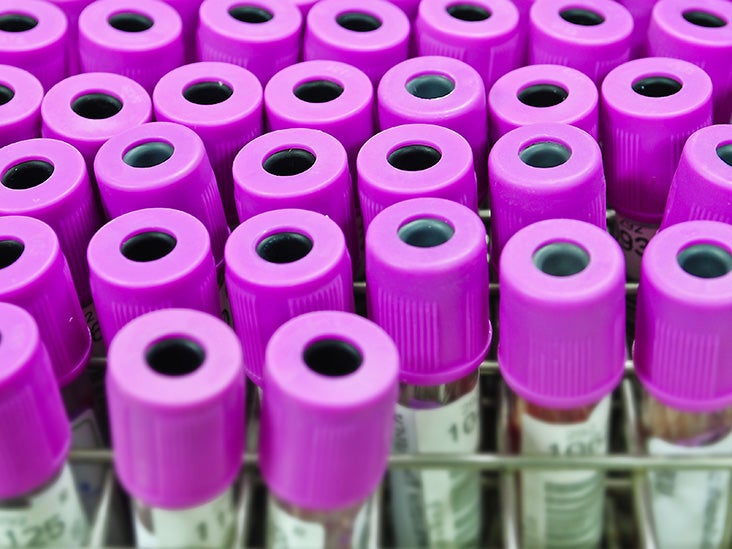Here are several ways you could bring up the STD test with your doctor or nurse. Have you never been screened for STDs? Have you ever checked for any STDs at regular checkups? What STDs should watch out for during checkups? How would you know when you do need to be tested?
There is no right or wrong answer for any of these questions, but it is good to know that STD testing is usually routine. Doctors and nurses do this all day long, and most people have done it at some point or another. It is good to know that STD testing is routine so that you will feel more confident when going in to have a st STD tested.
The way most clinics and health care providers screen for STDs is to collect a urine or semen sample from you at the time of your visit. Then they will send this sample along to a lab. There they will perform a number of tests on the sample in order to determine which STD you have. You might be sent home with a urine and/or semen sample examination kit. Most health care providers like to perform these exams over the phone, and then send the results via email.
If you have had previous unprotected sex with one or more of your sexual partners within a short amount of time (length of time ranging from a few weeks to a few months), you may be asked to return for another visit for an STD test. This is why many people choose to go to a private clinic rather than wait for a primary care physician to give them an STD test. A private STD clinic usually offers highly trained medical staff and highly skilled technicians who can take the appropriate tests for various STD conditions. They also provide discreet, convenient testing. STD testing at a private STD clinic is usually very private and usually takes less time than STD testing in a public setting.
Depending on what STD you tested positively for, your medical provider might also order additional tests to ensure that you have no other health issues that could have been passed on to you by your partner. For example, if you tested positive for Chlamydia but didn’t have any symptoms of Chlamydia, your doctor might order a urinalysis to see if you had any other infections in your reproductive system, such as gonorrhea or genital herpes. Gonorrhea and Chlamydia are both STDs that can lead to serious health complications, so it’s important that you know you’re at risk. It’s also important to know if you’ve been exposed to a high risk partner, such as a person who has a current or past history of Chlamydia or gonorrhea.

Many STDs only require a urine test, but there are some that also require a blood test. In an attempt to detect and treat all cases of STD’s, the testing methods and results have improved dramatically over the years. Although most STDs usually don’t cause symptoms, they do cause certain health risks and should be treated. That’s why it’s important to get regular check-ups with your personal physician, and be aware of the latest STD treatment options available. By learning about and understanding your STD’s, you can make better decisions and protect yourself and your loved ones from disease.



